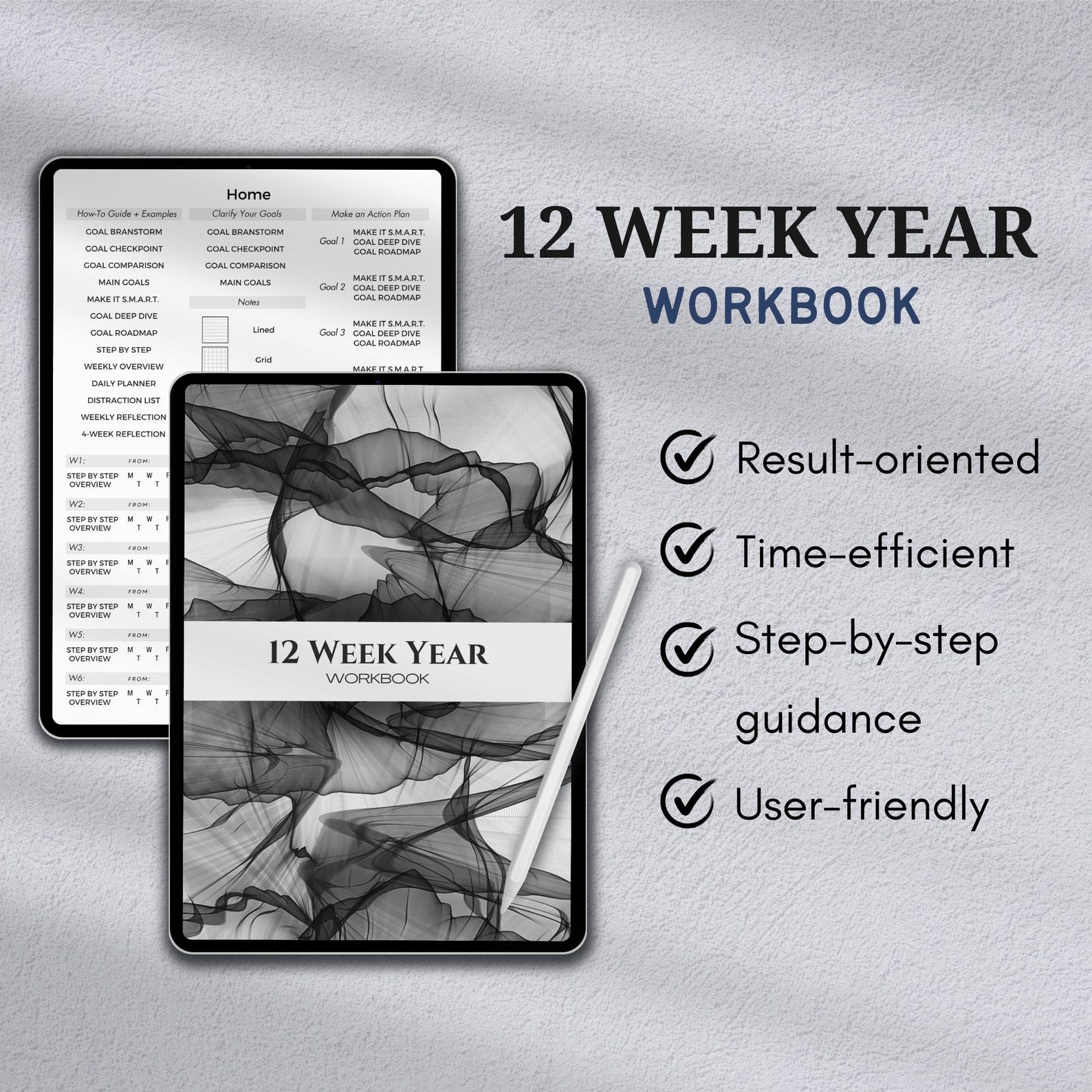Letting go of the past can feel like trying to move forward while carrying a heavy backpack filled with regrets, mistakes, and painful memories. We replay events in our minds, blame ourselves or others, and hold onto old stories that no longer serve us. But the truth is, holding on only keeps us stuck—and prevents us from fully embracing the life waiting for us today.
Learning to release the past isn’t about forgetting or pretending nothing happened; it’s about reclaiming your peace, your energy, and your power to shape the future.
1. Accept What Happened and That the Past Cannot Change
Acceptance means acknowledging the past exactly as it is—without trying to change it, justify it, or rewrite the story. It does not mean approving what happened, pretending it didn’t hurt, or believing it was fair. It simply means recognizing that the event has already taken place and that no amount of wishing, regretting, or blaming can alter it.
Many people remain stuck in a mental tug-of-war with reality—thinking about what should have happened, what could have happened, or what they would do if they had another chance. While these thoughts are natural, they often prolong emotional pain and prevent true healing.
By admitting, “This happened. I cannot change it,” you stop expending energy on mental battles that achieve nothing and open the door to a more constructive question: “Given this, what can I do now?”
This shift—from resistance to acceptance—creates mental and emotional space. It allows you to let go of frustration, resentment, and self-blame, while reclaiming your power to shape your present and future. Acceptance doesn’t erase the past or make it less painful; it simply stops it from controlling your life and gives you the freedom to focus on healing, growth, and meaningful forward movement.
In essence, fully accepting the past is the foundation of emotional freedom. It transforms regret into learning, pain into resilience, and old wounds into the wisdom that guides you forward. Acceptance doesn’t close the chapter—it simply allows you to turn the page and continue writing your story on your terms.
2. Stop Reliving the Story
Our minds have a natural tendency to replay painful moments, often in an attempt to make sense of them or prepare for similar experiences in the future. While reflection can sometimes be helpful, constantly reliving the past only strengthens the emotional hold it has over us. Every repetition reinforces hurt, regret, or resentment, keeping us stuck instead of moving forward.
The first step is awareness. Notice when your thoughts drift back to the same painful memories or scenarios. Recognize that replaying these events isn’t solving anything—it’s only feeding old wounds. Once you catch yourself, you can gently redirect your attention in healthier, more constructive ways.
Here are practical strategies:
Focus on your breath: Slow, mindful breathing anchors you to the present moment and calms the mind.
Engage in grounding activities: Walk, stretch, listen to music, or immerse yourself in a task that brings your attention to “now.”
Reframe the narrative: Instead of replaying the story with pain or blame, consciously replace it with a version that emphasizes lessons learned, personal growth, or resilience.
Set mental boundaries: Remind yourself that the memory exists, but you do not need to revisit it constantly. Your mind can acknowledge it without getting lost in it.
Remember, you don’t have to erase the memory or deny your feelings. The goal is simply to stop feeding the story with repeated emotional energy. Over time, by reducing these mental rehearsals, the past loses its grip, and you create more space for healing, clarity, and forward momentum.
3. Detach Your Identity from the Past
One of the most powerful ways to move forward is to recognize that you are not your past mistakes, failures, or painful experiences. While these events may have shaped parts of your journey, they do not define who you are today—or who you can become tomorrow.
Many people unconsciously tie their self-worth and identity to past experiences, replaying negative stories about themselves in their minds. This creates a cycle where the past continuously influences the present, making it difficult to grow or embrace new opportunities.
It’s important to remember that the choices you made, the actions you took, and even the mistakes you committed were based on the knowledge, understanding, and resources you had at that time. You did the best you could with what you knew. Today, you know more, have grown, and have changed—and so have the people around you. Others, too, act from their level of awareness, and holding onto their past mistakes only keeps you trapped.
Detaching from the past means:
Separating your actions from your self-worth: Mistakes do not make you a “bad person”; they were steps in your growth.
Viewing experiences as lessons, not labels: Every challenge, misstep, or failure contains insights that can guide your growth and improve your decisions today.
Recognizing your evolution: You are constantly learning, evolving, and becoming a stronger, wiser, and more resilient version of yourself.
Extending the same perspective to others: Just as you’ve grown, so have the people around you. Their past actions do not define their present or your future.
By consciously detaching your identity from past events, you reclaim your personal power. You are free to live authentically in the present, make choices aligned with your values, and create a future that reflects the person you truly are—not the story you or others have told yourself in the past.
Learn How to Detach: Step-by-Step Guide + Examples
4. Let Go of Blame
It’s natural to replay past events in your mind and think, “If only I had done this differently…” or “They shouldn’t have done that to me.” But every time we assign blame—to ourselves or others—we keep ourselves tied to the past. Blame acts like an invisible chain, keeping old pain alive and blocking emotional freedom.
Letting go of blame doesn’t mean ignoring what happened, excusing harmful actions, or pretending the pain didn’t exist. It means making a conscious choice to stop letting the past control your thoughts, emotions, and energy. It’s about choosing peace, growth, and understanding over anger, resentment, or regret.
Here’s a way to make it more practical:
Be gentle with yourself: You made decisions based on the knowledge, skills, and awareness you had at the time. You were doing the best you could in that moment.
Remember that everyone is learning: Others also acted from their own awareness and limitations. Their mistakes reflect their growth journey, not your worth or control.
Reclaim your energy: When you stop carrying blame, you free up mental and emotional space for healing, for building new experiences, and for moving forward.
Letting go of blame transforms your perspective. It replaces resentment with understanding, anger with compassion, and regret with clarity. It doesn’t erase the past—but it allows you to live fully in the present, focus on what truly matters, and shape your future with intention and peace.
5. Process Your Feelings in a Healthy Way
It’s easy to think you need to “toughen up” or push feelings aside, but ignoring your emotions doesn’t make them disappear—it just keeps them bottled up, simmering under the surface. The truth is, allowing yourself to feel is a crucial step to moving forward. Emotions are like waves: if you try to hold them back, they crash harder, but if you let them flow, they eventually pass.
Here are some ways to process your feelings in a real, everyday way:
Write it out: Journaling your thoughts—even a few lines—can help you untangle what’s really going on inside your head.
Talk to someone you trust: A friend, family member, or counselor can offer perspective, validation, and support. Sometimes just saying things out loud is enough to feel lighter.
Pause and breathe: Meditation, deep breathing, or just sitting quietly with your feelings helps you notice them without being overwhelmed.
Let your body help: Go for a walk, exercise, or even cry. Your body holds emotions too, and moving or releasing them physically can feel incredibly freeing.
Get creative: Music, drawing, or other creative outlets give your feelings a place to exist safely, without judgment.
The key is to face your feelings instead of running from them. You don’t have to overanalyze or “fix” them right away—just let yourself experience them and let them pass. When you do, you free up mental space, release tension, and create room for healing and growth.
6. Replace Old Patterns With New Ones
Letting go of the past isn’t just about releasing old pain—it’s also about creating something new. If you only focus on what’s behind you, the past can continue to define your present. But when you intentionally build new habits, nurture new relationships, and adopt new beliefs, the power of old patterns begins to fade naturally.
Think of it like planting a garden: pulling out weeds is only the first step. To truly transform the space, you need to plant fresh seeds and nurture them consistently. Similarly, replacing old patterns allows your life to grow in a healthier, more fulfilling direction.
Ask yourself:
“What kind of life am I creating now?”
Even small actions matter—reading something inspiring, trying a new hobby, connecting with supportive people, or practicing gratitude can start to shift your mindset and your identity.
Here are some practical ways to replace old patterns:
Change daily habits: Swap behaviors that keep you stuck for ones that support your growth. For example, replace rumination with journaling or mindfulness.
Build positive relationships: Surround yourself with people who uplift and inspire you, rather than those who reinforce old stories or negativity.
Challenge limiting beliefs: Identify thoughts that keep you tied to the past and consciously replace them with empowering truths about yourself.
Celebrate small wins: Even tiny steps forward reinforce your new path and help your mind see that change is possible.
By actively creating new patterns, you signal to your mind and heart that your life is evolving, that you are capable of growth, and that your past no longer dictates who you are or what you can achieve. Each positive step forward slowly but surely replaces old habits with a stronger, healthier, and more resilient you.
7. Focus on What You Can Control
One of the most liberating steps in letting go of the past is realizing that you cannot change what already happened—and that’s okay. What you can control, however, is your response to it, and that is where your true power lies.
When we dwell on things beyond our control—other people’s actions, past mistakes, or outcomes—we give away our energy and reinforce feelings of helplessness. The key to moving forward is shifting your focus to what you actually can influence.
Here’s what you can control:
Your reactions: You cannot control events, but you can choose how you respond to them. Will you respond with anger, regret, or understanding? Your response sets the tone for your emotional well-being.
Your choices: Every day, you have choices that shape your life—what to prioritize, how to spend your time, and how to treat yourself and others. Each decision moves you closer to the future you want.
Your focus: You can decide where to place your mental energy. Dwelling on the past keeps it alive; focusing on solutions, growth, and opportunities empowers you.
Your growth: You control your personal development. Learning from the past, building new skills, and evolving emotionally and mentally are all within your power.
Shifting your attention from what you cannot control to what you can control restores your sense of agency. It stops the endless cycle of regret and blame and replaces it with purposeful action and inner strength.
Remember, letting go isn’t about ignoring the past—it’s about using your energy wisely. When you focus on your reactions, choices, focus, and growth, you reclaim your power and actively create the life you want, free from the weight of what’s already gone.
8. Allow Yourself to Move Forward
Sometimes the hardest barrier to letting go isn’t the past itself—it’s the belief that moving forward somehow dishonors it. You might feel that choosing happiness means forgetting your pain, betraying your values, or dismissing the lessons you’ve learned. But here’s the truth: healing doesn’t erase your story—it simply allows you to rise above it.
Moving forward is not about forgetting, ignoring, or minimizing what happened. It’s about embracing your growth and reclaiming your life on your own terms. It’s a conscious choice to prioritize your well-being, your joy, and your future—without guilt.
Give yourself permission to:
Grow: You are not the same person you were yesterday. Your experiences have shaped you, but they don’t define your limits. You have the power to evolve.
Be happy again: Joy is not a betrayal of the past. It is a natural outcome of healing, self-compassion, and resilience.
Create a new chapter: Your story continues, and you are the author. You can choose to fill it with hope, purpose, and meaning, rather than being anchored to old wounds.
Allowing yourself to move forward is a bold act of self-love. It’s saying to yourself: “I honor my past, but I will not let it hold me back. I deserve peace, joy, and a future full of possibility.”
Remember, forward movement doesn’t happen overnight—it happens one intentional choice at a time. Each small step toward healing, forgiveness, and self-compassion is a step into a freer, lighter, and more empowered version of your life.
Final Thoughts
The past may have shaped your story, but it doesn’t have to control your future. Every step you take to let go—whether forgiving, learning, or building new habits—is a step toward freedom and empowerment.
Choose to focus on what you can control, honor your growth, and open your heart to new possibilities. Your life is yours to create, and the next chapter is waiting—full of hope, joy, and the potential to thrive. Take that step forward today, and let your future unfold.

.png)




.png)
.png)
.png)



.png)
.png)


.png)







.png)


